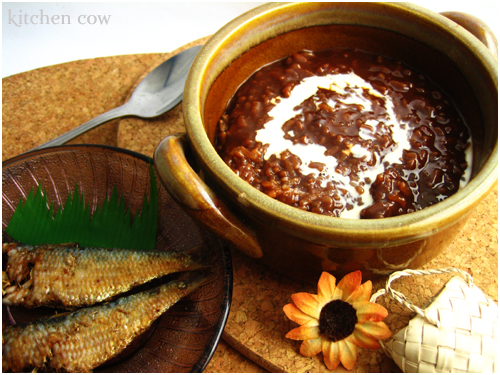The House of the Virgin Mary is a Christian and Muslim shrine located on Mt. Koressos in the vicinity of Ephesus, in modern-day Selcuk Turkey. Some believe that Mary, the mother of Jesus, was taken to this stone house by Saint John and lived there until her Assumption.
Discovery
On October 18, 1881, a French Priest, the Abbé Julien Gouyet of Paris, discovered a small stone building on a mountain overlooking the Aegean Sea and the ruins of ancient Ephesus in Turkey. He believed it was the house where the Virgin Mary had lived in the final years of her life on earth as described in the visions of the German nun Anne Catherine Emmerich (1774 – 1824), published in detail in a book by Clemens Brentano. His discovery was not taken seriously.
Ten years later, urged by Sister Marie de Mandat – Grancey, DC, two Lazarist missionaries, Father Poulin and Father Jung, from Smyrna rediscovered the building on July 29, 1891, using the same source for a guide. They learned that the four-walled, roofless ruin had been venerated for a long time by the members of a distant mountain village who were descended from the Christians of Ephesus. In Turkish the House is called Panaya Kapulu (Doorway to the Virgin). Every year pilgrims made a pilgrimage to the site on August 15, the date on which most of the Christian world celebrated Mary’s Dormition/Assumption.
Sister Marie de Mandat – Grancey has been named Foundress of Mary’s House by the Catholic Church. She is responsible for acquiring, restoring and preserving Mary’s House and surrounding areas of the mountain from 1891 until her death in 1915.
The discovery revived and strengthened a Christian tradition dating from the 12th century, ‘the tradition of Ephesus’, which has competed with the older ‘Jerusalem tradition’ about the place of the Blessed Virgin’s dormition. Due to the actions of Pope Leo XIII in 1896 and Pope John XXIII in 1961, the Catholic Church first removed plenary indulgences from the Church of the Dormition in Jerusalem and then bestowed them for all time to pilgrims to Mary’s House in Ephesus.
Archaeology
The remnants of the structure have been dated to 6th – 7th centuries, with part of the foundation and coal found on the site dated to the 1st century. The current chapel is restoration, completed in 1950 top of original remains after it was declared an official Catholic pilgrimage site. The restored portion is distinguished from the original remains of the structure by a line painted in red.
Some have expressed doubt about the site, as the tradition of Mary’s association with Ephesus arose only in the twelfth century, while the universal tradition among the Fathers of the Church places her residence and thereby her Dormition, in Jerusalem. Supporters base their belief on two main points:

- The presence of the Tomb of St. John and the Basilica of St. John in Ephesus: Jesus Christ, before dying on the cross, entrusted to St. John his mother. It is believed that after the crucifixion of Jesus, St. John left Jerusalem and came to Ephesus in order to convert its people to Christianity, as it was one of the biggest and safest non-Christian cities of its time. He then built a small hut to care for Mary just outside Ephesus in order to protect her from the largely Artemis worshipping community of the region.
- The presence of the Church of Mary, the basilica in the world dedicated to the Virgin Mary, in Ephesus: In the early centuries of Christianity, places of worship were dedicated only to persons who lived or died in the area.
The Roman Catholic Church has never pronounces on the authenticity of the house, for lack of scientifically acceptable evidence. It has, however, from the blessing of the first pilgrimage by Pope Leo XIII in 1896, taken a very positive attitude towards the site. Pope Pius XII, in 1951, following the definition of the dogma of the Assumption in 1950, elevated the house to the status of a Holy Place, a privilege later made permanent by Pope John XXIII. The site is venerated by Muslims as well as Christians, and pilgrims drink from a spring under the house which is believed to have healing properties. A liturgical ceremony is held here every year on August 15 to commemorate the Assumption of Mary.
Official visits by Popes
Pope Paul VI visited the shrine on July 26, 1967 and ‘unofficially’ confirmed its authenticity. Pope John Paul II also visited the shrine, on November 30, 1979. Pope Benedict XVI visited the shrine on November 29, 2006 during his four-day pastoral trip to Turkey. The conclusion of his homily mentioned the martyrdom of Father Andrea Santoro in Trabzon which had taken place nine months prior to this visit.















